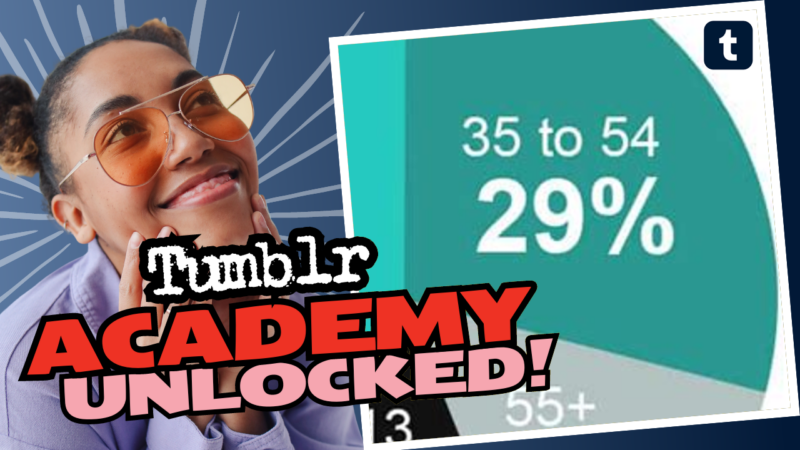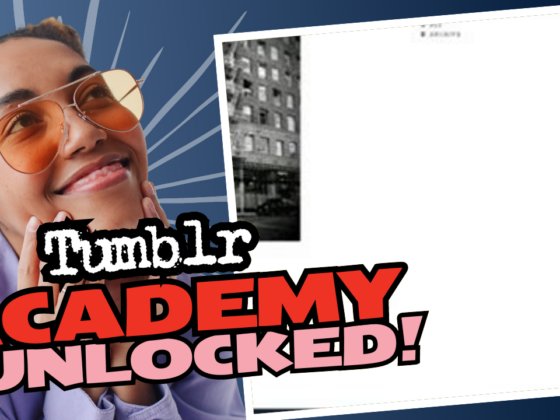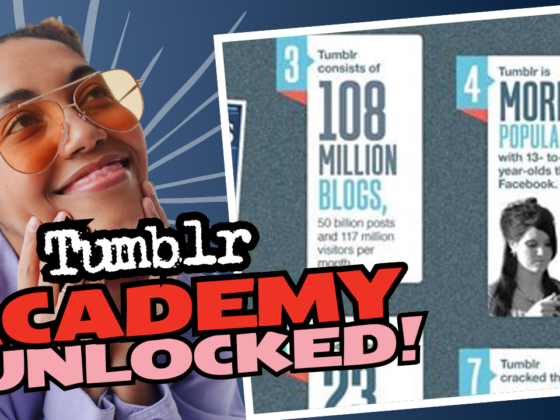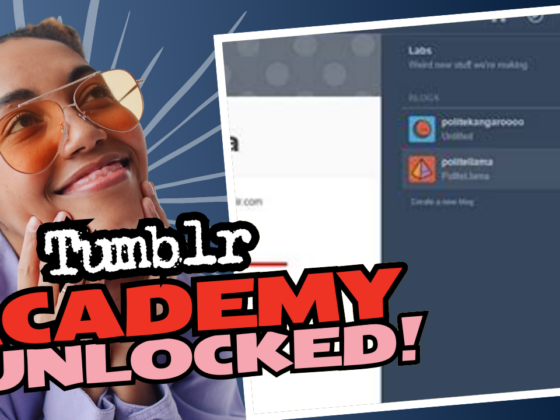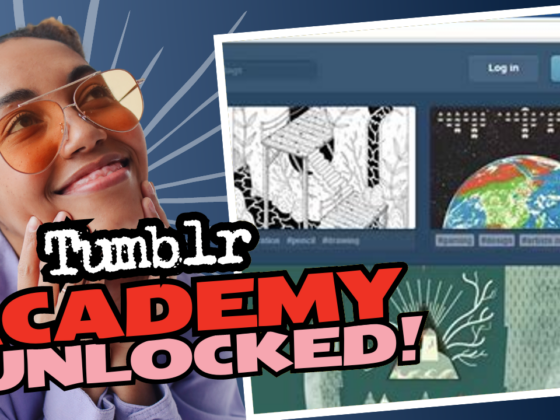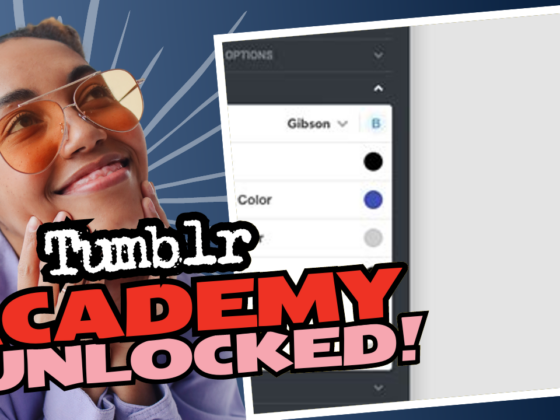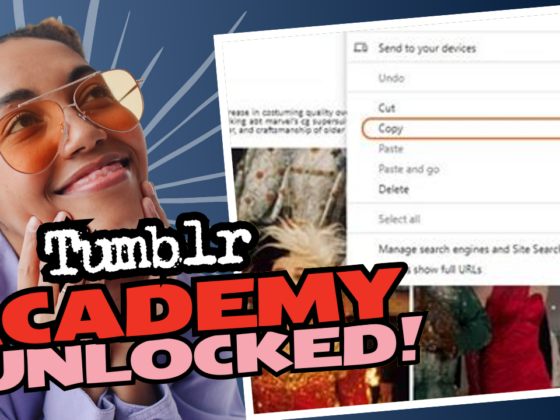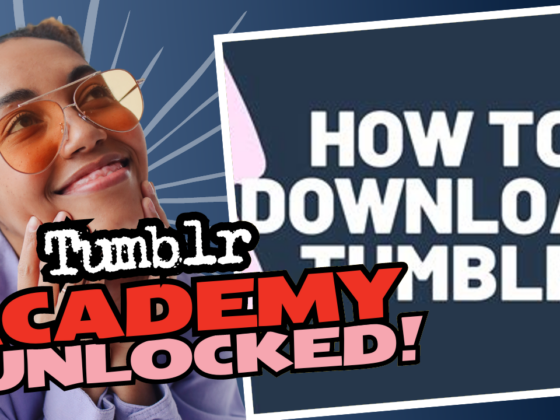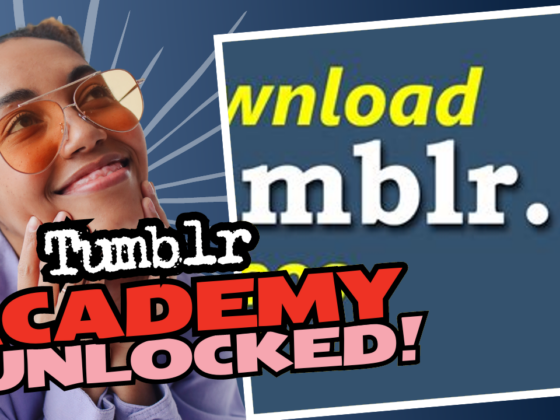What is Tumblr Best Used For?
Ah, Tumblr—the platform that started as a blogging paradise, morphed into a social justice haven, and then got swept along in the cosmic chaos of shifting internet trends. Even if it occasionally feels like the last person at the party, you can’t deny Tumblr has its unique charm and purpose in the great hall of social media. So, what is it best used for, and is it really dying as many claim? Buckle up, because we’ve got a playful rundown for you!
Fostering Communities and Niche Interests
Let’s face it, the internet hasn’t exactly been hospitable to folks with niche interests and underrepresented voices. But enter Tumblr, the underdog of social media, where unicorn-themed art and existential poetry thrive side by side. One of the platform’s many crowns is that it serves as a microcosm for fandoms, hobbies, and deep-cut niche communities. Are you into knitting obscure Japanese anime characters? You bet there’s a blog for that! Whether it’s fandom art, DIY crafts, or even the latest indie music, Tumblr creates cozy corners for every oddball interest.
Imagine stumbling upon a blog dedicated entirely to obscure ’80s horror movies discussed through the lens of yarn arts. Yes, that exists! By joining Tumblr, you’re not just signing up for another social media account—you’re conveniently hopping into a lowercase “niche” like it’s the cool basement hangout of your high school.
Creative Expression in All Its Forms
Unlike platforms that rigorously adhere to strict formats—looking at you, Twitter, with your 280-character idiocy—Tumblr plays by its own rules. Want to express yourself with a hefty photo album followed by a poignant essay on the meaning of life? Go for it! Write poetry inspired by every goofy GIF your heart can find? Absolutely! The multi-media approach allows artists, writers, and creators from all walks of life to flourish creatively, making Tumblr a veritable playground for the brainy and the bizarre.
To paint a clearer picture, Tumblr was essentially the love child of DeviantArt and Twitter. Here, you could share snippets of your life, showcase your art, or tap into the wild world of meme culture without being bogged down by algorithmic drudgery. Instead, you get the freedom to reblog, comment, and connect in a manner that feels a lot less corporate and a lot more human.
Engagement Over Popularity
One of the most interesting things about Tumblr’s social landscape is its commitment to genuine two-way interaction. Current algorithms on platforms like Facebook or Instagram may promote likes, but Tumblr anchors engagement in conversations. Users can reply to posts, ask questions (with those delightful ‘ask me anything’ features), and even reblog with their own witty or insightful commentary. This kind of engagement fosters relationships and builds a community—because who wouldn’t want a mutual following of people that share your passion for the impractical and whimsical?
As one user recounted, interaction often feels rewarding on Tumblr, even if the monetary returns—like book sales—don’t always come rolling in. Tumblr loves a good story, and if yours resonates, you’ll find eager ears for your words.
The Progressive Playground
If you’re tired of the toxic corners of the internet, where the far-right rules the day and every comment section turns into a dumpster fire, allow me to introduce you to the beautifully progressive heart of Tumblr. This platform gravitated toward inclusivity and social justice before it was mainstream, championing LGBTQIA2S+ voices and fostering discussions around identity, race, and mental health. You’re more likely to find a supportive community discussing difficult issues rather than trolling on someone’s latest Instagram selfie.
Tumblr stood as a refuge where marginalized communities could connect, share stories, and find acceptance amid the scatter of social media platforms that mainstreamed bigotry and insensitivity. The environment encourages open dialogue far removed from the common pitfalls found on more corporate platforms.
Artistic Freedom with Less Censorship
While other social media sites demand meticulous adherence to policies around sharing certain types of content (shoutout to the infamous “porn purge”), Tumblr allows for a wide array of creative expressions. Users can delve into anything from erotic art to poetry that discusses mental health without fearing censorship (unless you’re violating their basic rules, of course). This less restrictive environment has lured creatives of all sorts over the years, allowing artists to experiment freely with their craft.
Sure, the platform has undergone some drastic changes, but the heart of artistic freedom remains. You can easily share long-form text—goodbye character counts!—and receive passionate reactions through reblogs and responses.
The Good, The Bad, and The Ugly
Let’s be real: nothing’s perfect, and Tumblr is no exception. This platform has seen its fair share of ups and downs, attracting a wide range of opinions about its current relevance. It harkens back to the days when users could set their topics without tailoring their content to appease an algorithm.
The Good
- Chronological Feed: You won’t be bombarded with obnoxious trending memes fresh out of an overzealous corp—everything you see is curated from your follows!
- Extremely Thematic: Whether it’s gothic literature or cat memes, you can control the kind of content you consume.
- Genuine Interaction: Users tend to engage more authentically, leading to meaningful relationships.
The Bad
- Limited Discovery Tools: To find new blog content, users often play a frustrating game of blog roulette—you might hit the jackpot, or you might end up with fifty posts in a row about something you have ZERO interest in.
- Visible Following Counts: Users can’t see follower counts, which can be a double-edged sword. It’s nice not to have the pressure of “like vultures,” but this can make it harder to gauge who’s influential.
The Ugly
- The Great Porn Purge: This infamous ban sent many users running to alternative platforms like Patreon or OnlyFans, leading to a drastic drop in traffic and engagement.
- Userbase Shift: People have bailed for Instagram or TikTok, which has made it challenging for newcomers trying to break into existing communities.
Can It Still Be Worth It?
So with all that said, can Tumblr still be worth your time in a world brimming with TikTok, voices on Instagram, and “unapologetically loud” Twitter threads? The answer remains yes—a resounding yes! It depends greatly on what you’re seeking out of your social media experience.
If you find joy in wildly creative expressions, engage deeply with niche communities, or appreciate art and writing that defies conventional categorizations, then Tumblr is your happy place. Sure, it might not have that fresh, pulsating vibe of the hottest new platform, but it certainly offers something unique.
You may need to do a little digging to build your network of followers, and yes, the algorithm on Tumblr may feel like it fell asleep at the wheel, but if you’re prepared to navigate through the old-school vibe, you can cultivate a genuine following of enthusiasts who share your passion. Bring your flares of creativity, spice of fandom, and passion for engagement, and you may just find your niche flourishing in the warm corners of this quirky platform.
In closing, don’t snooze on Tumblr just because the masses have flocked to shinier social media platforms. Dig deeper, engage authentically, and bask in the beautifully chaotic world that Tumblr still offers. Your next favorite creative outlet or community of like-minded individuals could just be a scroll away!

